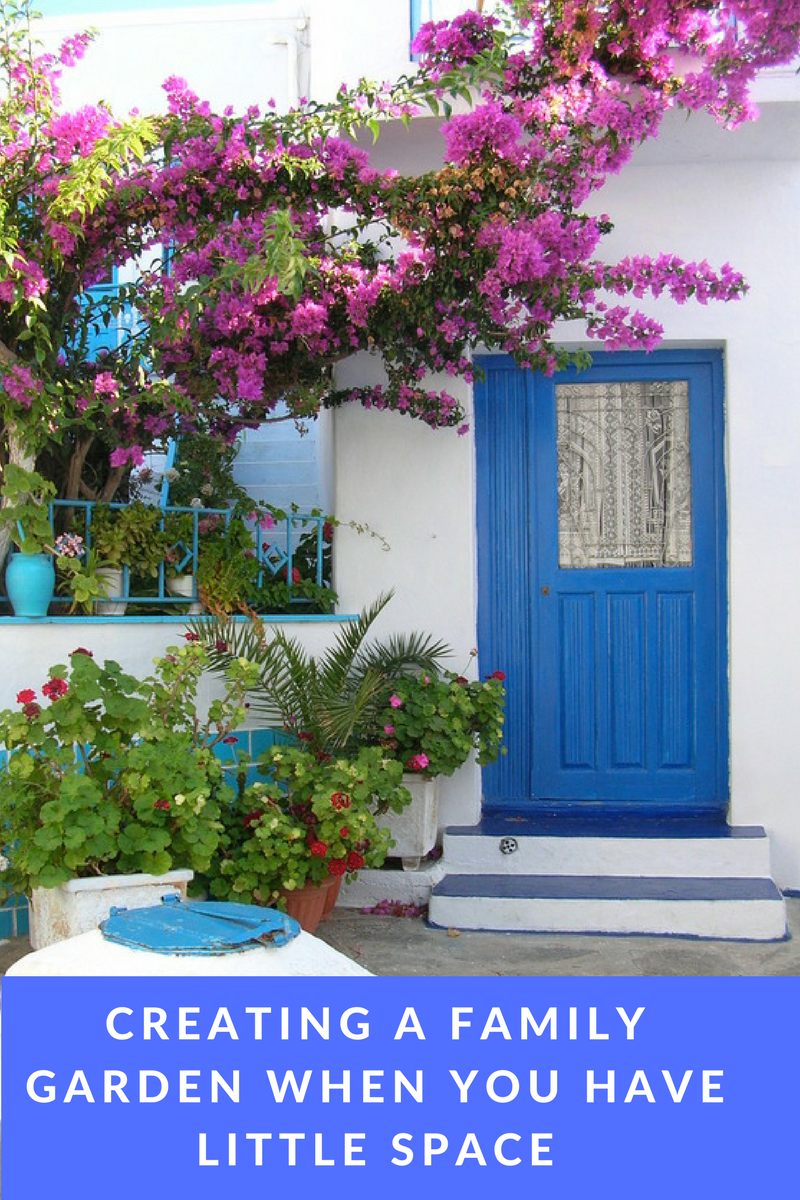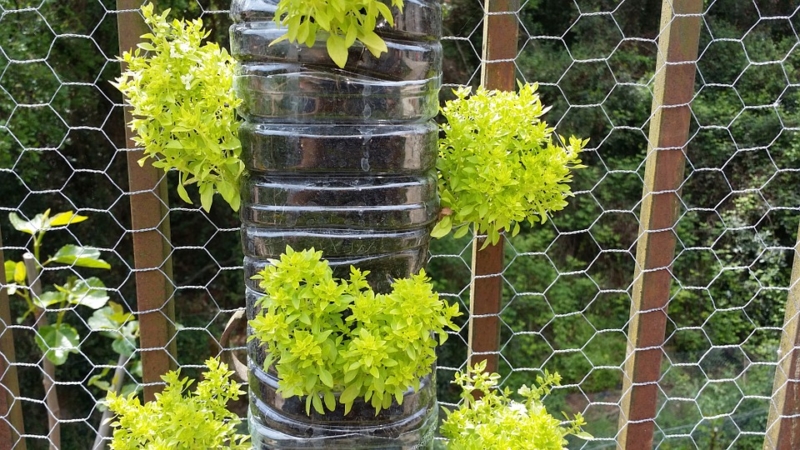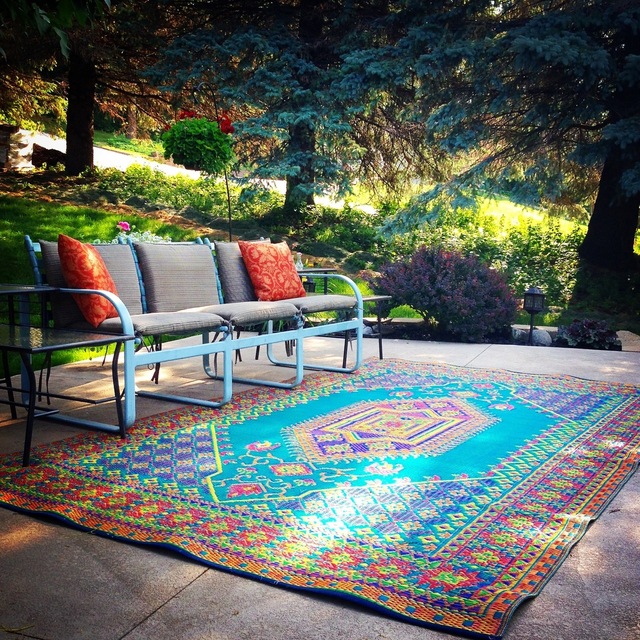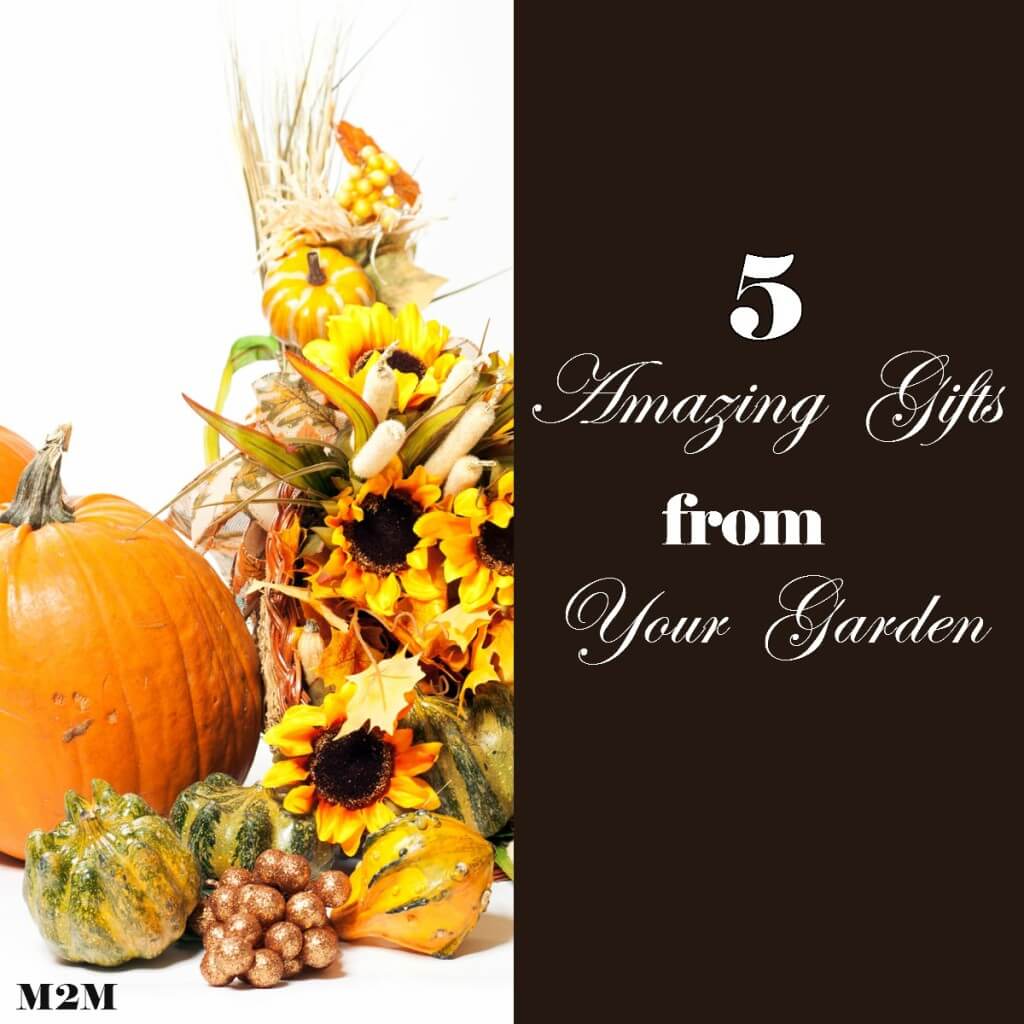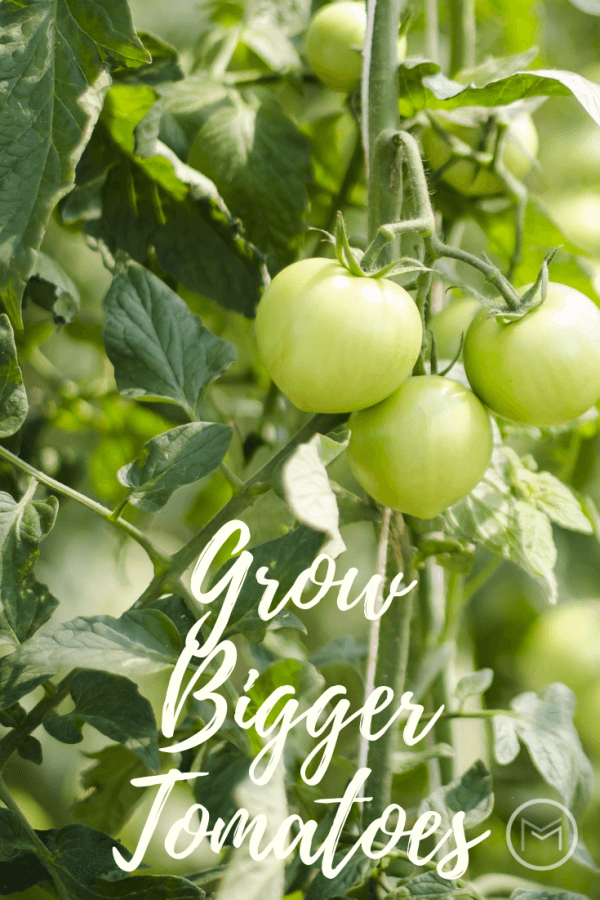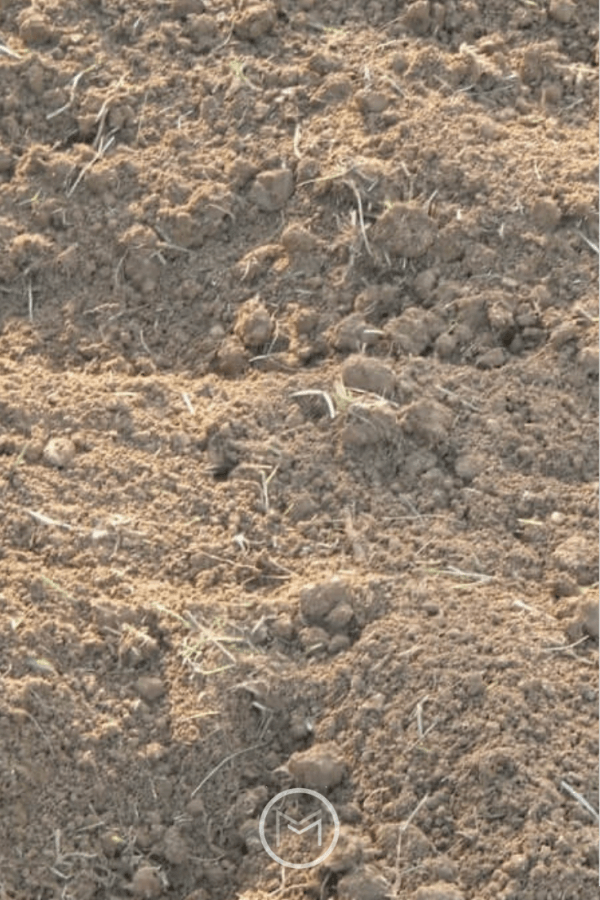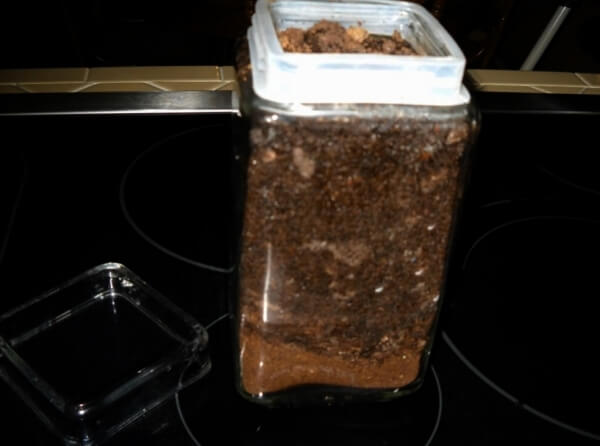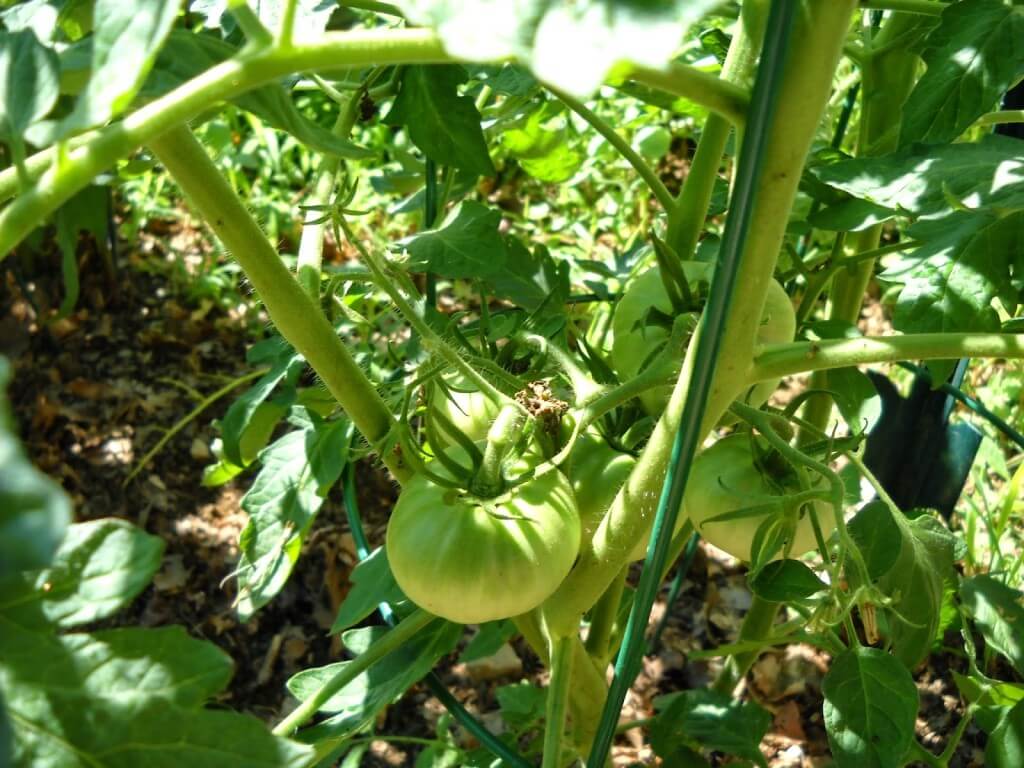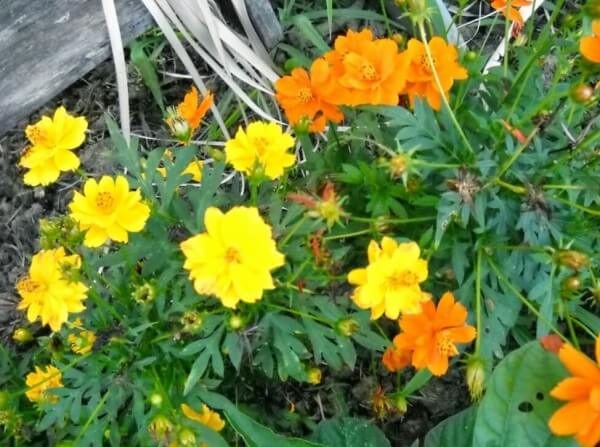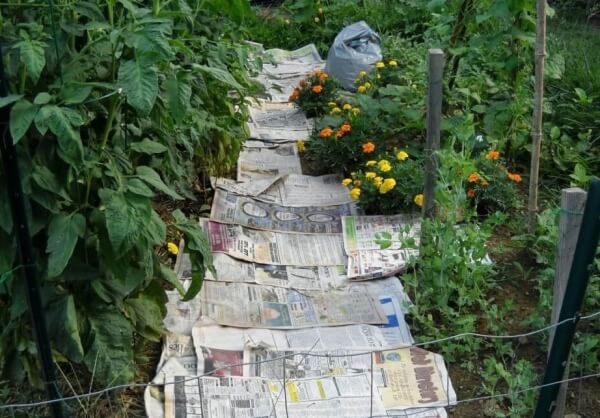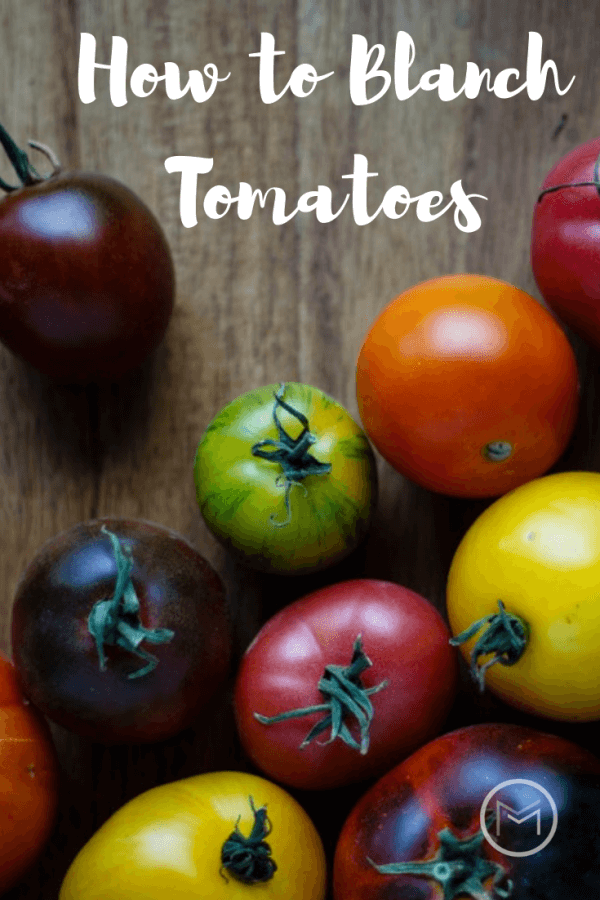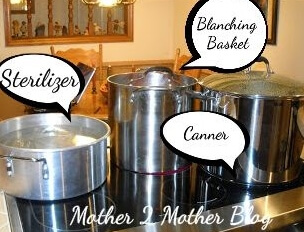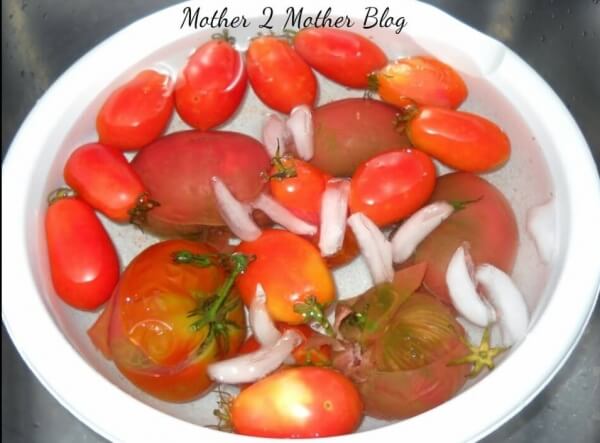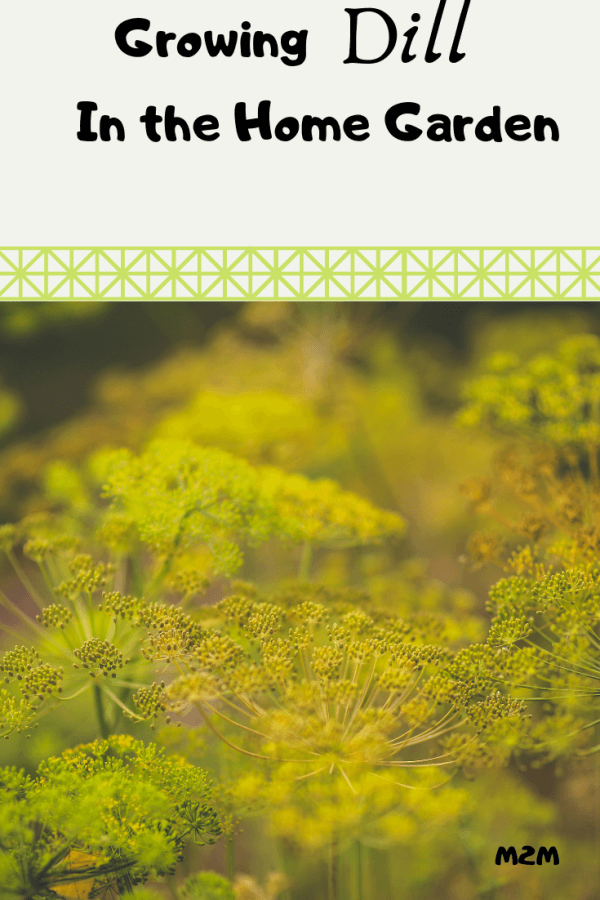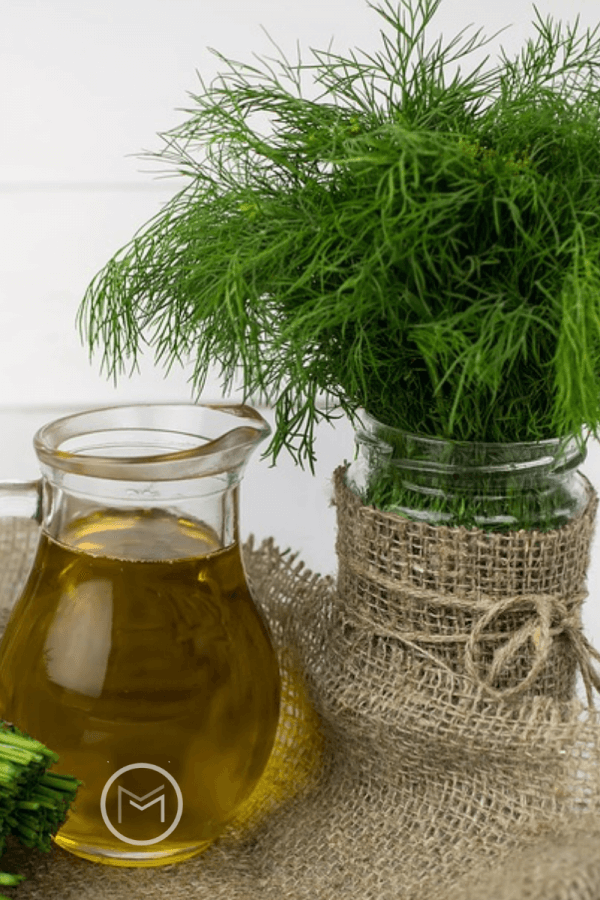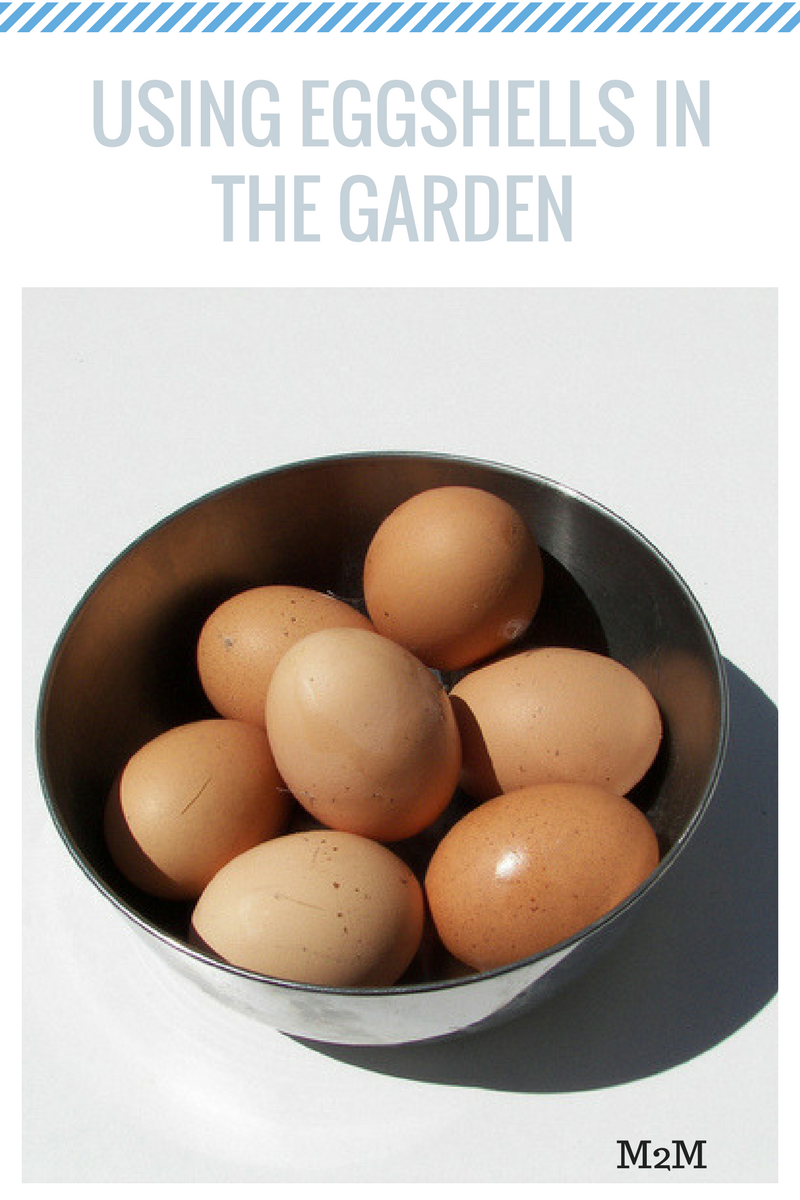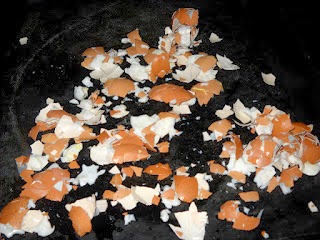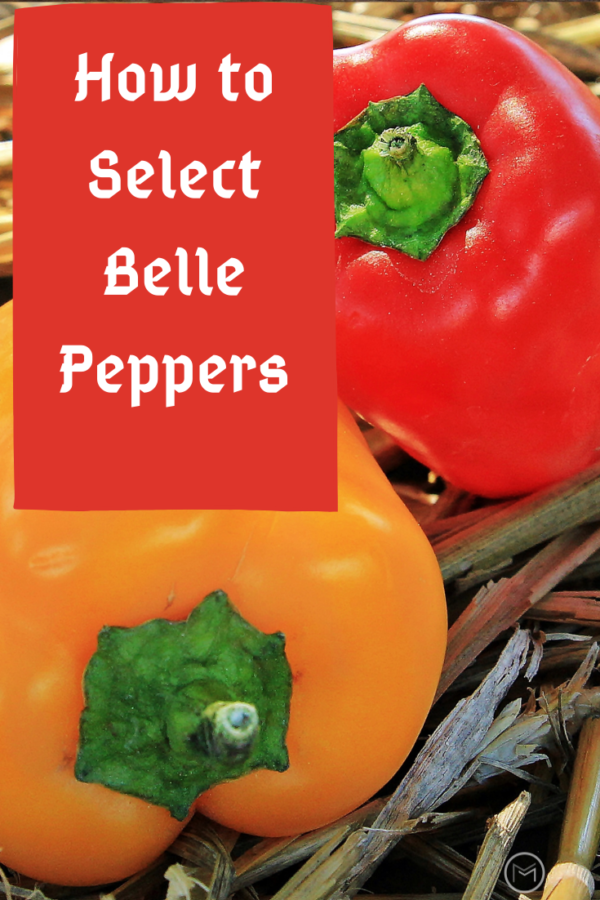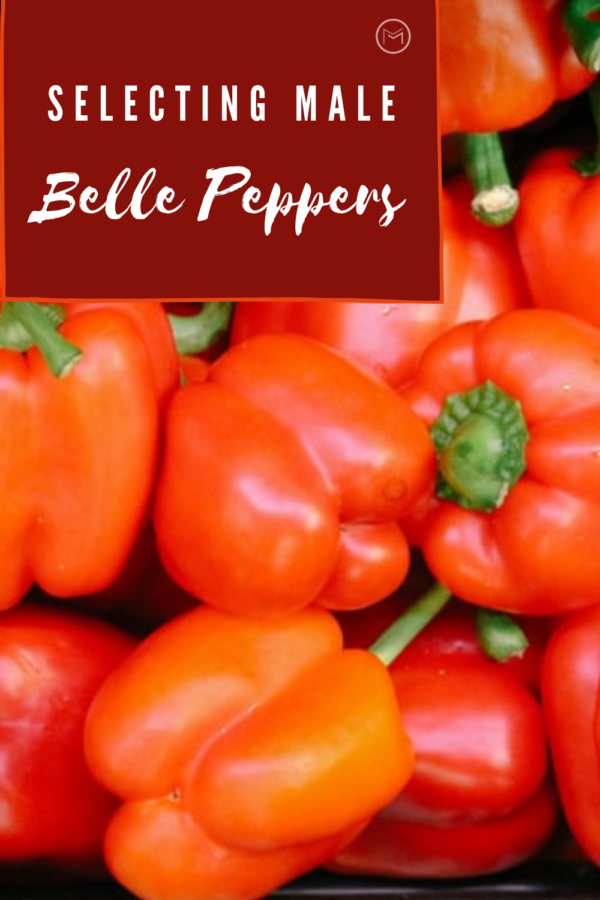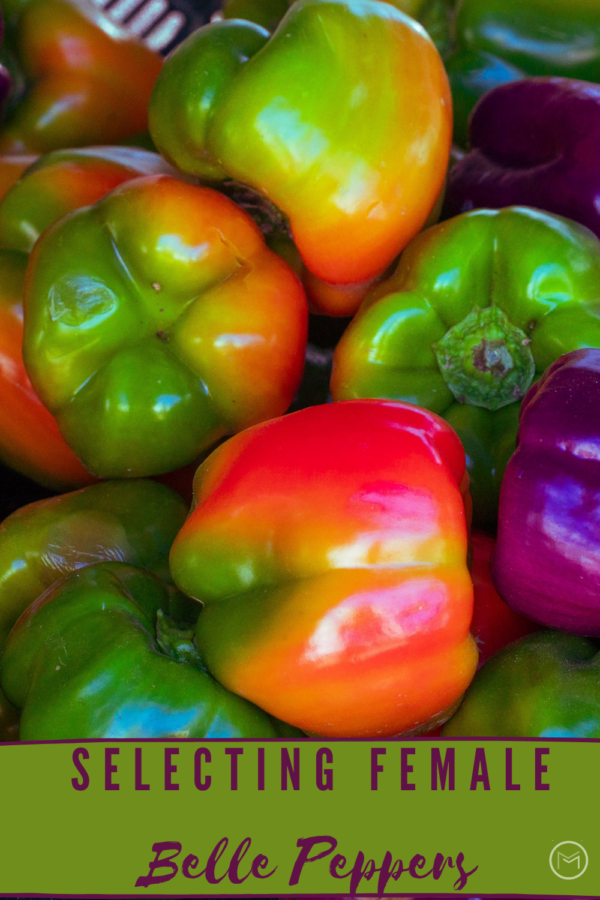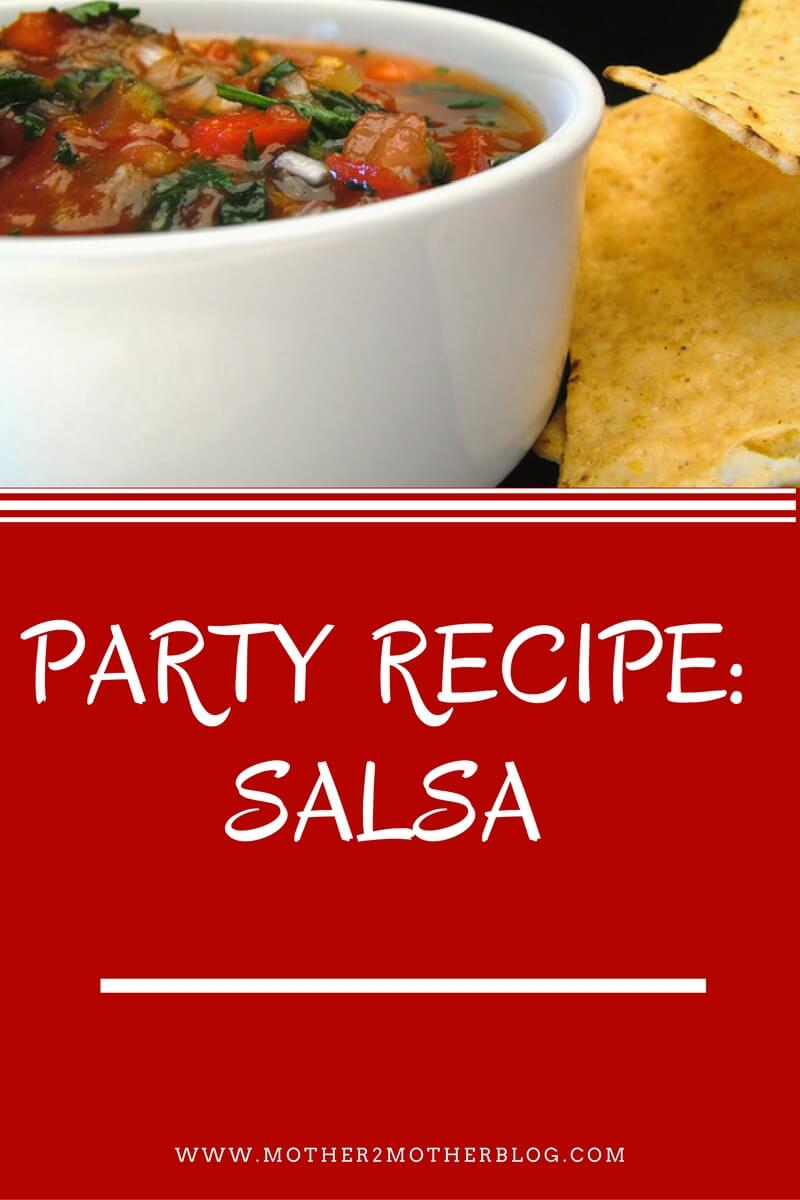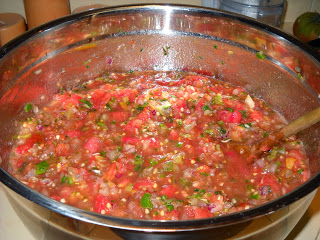Gardening can be tremendously therapeutic and good for the soul. However, it is natural that problems will arise. You could be putting in love, time, and money, but still end up seeing your beloved plants suffer. Today, I have gardening tips that will get your garden healthy and happy. After all, every gardener can use tips for a healthy garden.
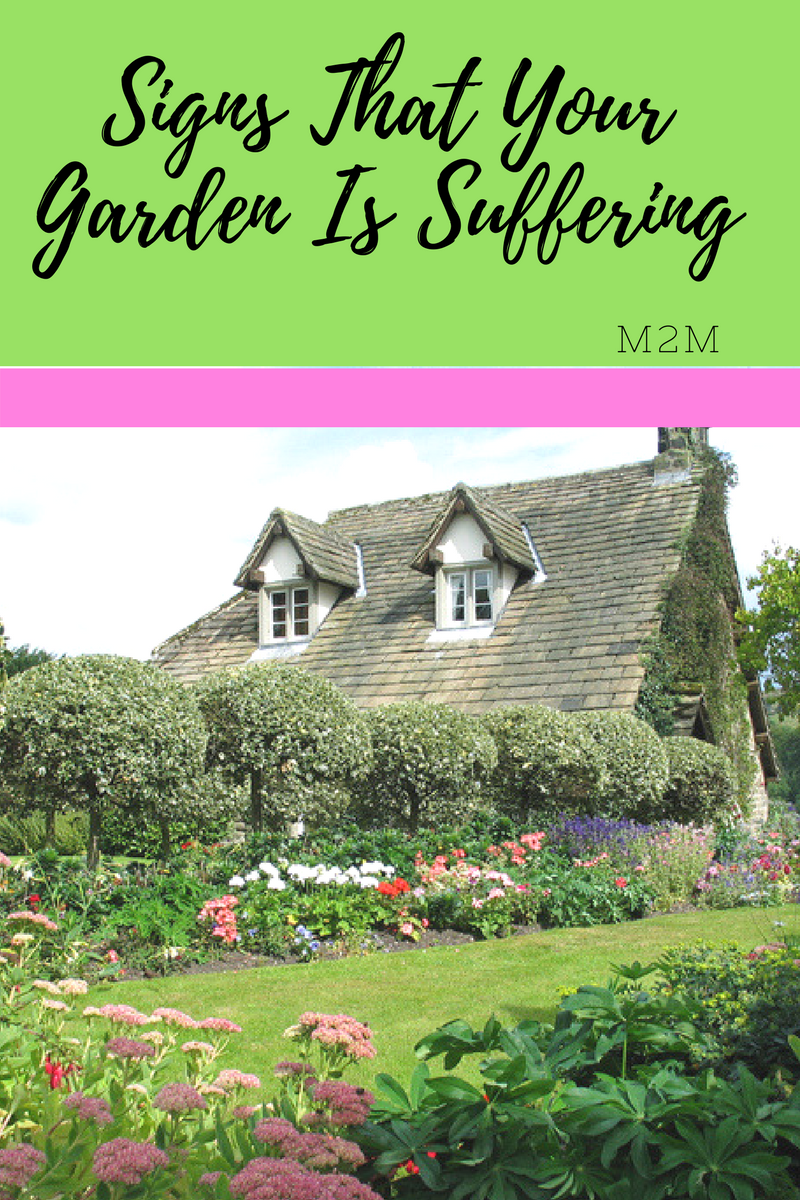
Here are a few signs that your garden might be suffering and solutions:
The birds aren’t coming
Many of us enjoy casual birdwatching. So, it can be troubling when the birds don’t come. One of the most common causes of birds refusing to come to your garden is that they don’t feel safe. Do you have a cat or dog? Or does your neighbor? Try to place your feeder higher from the ground and out of reach of any ground-dwelling animals. You should soon see them start to come to your backyard feeders.
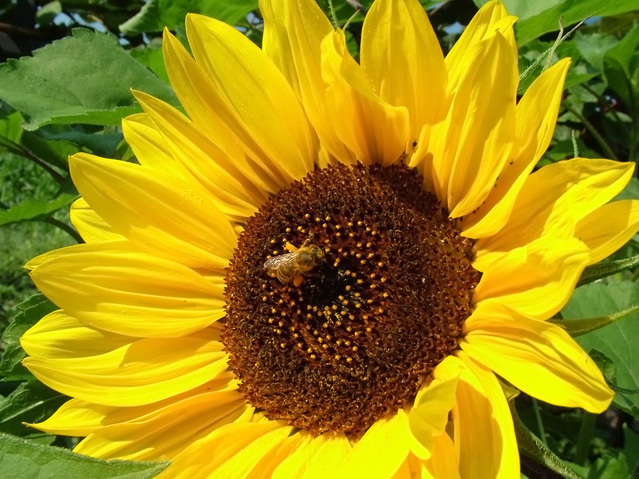
The bees aren’t coming
If your garden plants are flowering, but the fruit never seems to materialize, it probably means the bees aren’t coming. We need bees to move from flower to flower. When they do, they are taking the pollen with them. As a result, the plants can repopulate. If doesn’t happen then the plant doesn’t fruit. The best way to counteract this problem is by adding more flowers. The more flowers you have, the most bees will be attracted to your garden, it’s as simple as that!
The trees don’t look right
Trees, just like humans, are susceptible to diseases. Some are easily treated with fungicides, but others will need more professional intervention by people such as http://www.treeservicefortworth.org/tree-disease. They will be able to diagnose the problem and suggest treatment. Tell-tale signs include spots on the leaves, swellings and knots in the bark, changes in the rate of growth, and unseasonal color changes. If you have any concerns, it’s always best to speak to a professional for advice.
The moss is taking over
Moss can be a great addition to a garden for covering unattractive sections, and making it feel more natural and wild. But if moss seems to be taking over in areas where you don’t want it, it could be due to the soil. Your soil could be too acidic. This is an easy one to solve. All you need to do is include some wood ash into the soil. It will balance its pH, making it less hospitable for moss
The plants are struggling
In actual fact, the pH of the soil can have serious effects on all the plants. So, it’s a good idea before you start doing any serious yard work to use one of the home testing kits to check the pH of your soil. This will allow you to neutralize it effectively, without harming your plants. When soil is too acidic or too alkaline, your plants will struggle to grow and could even die.
Gardens are open to the elements, so it’s easy to see why problems arise. As long as you keep your eye out for changes and react to them effectively, you should have a healthy and beautiful garden. We hope you enjoyed our tips for a healthy garden.
